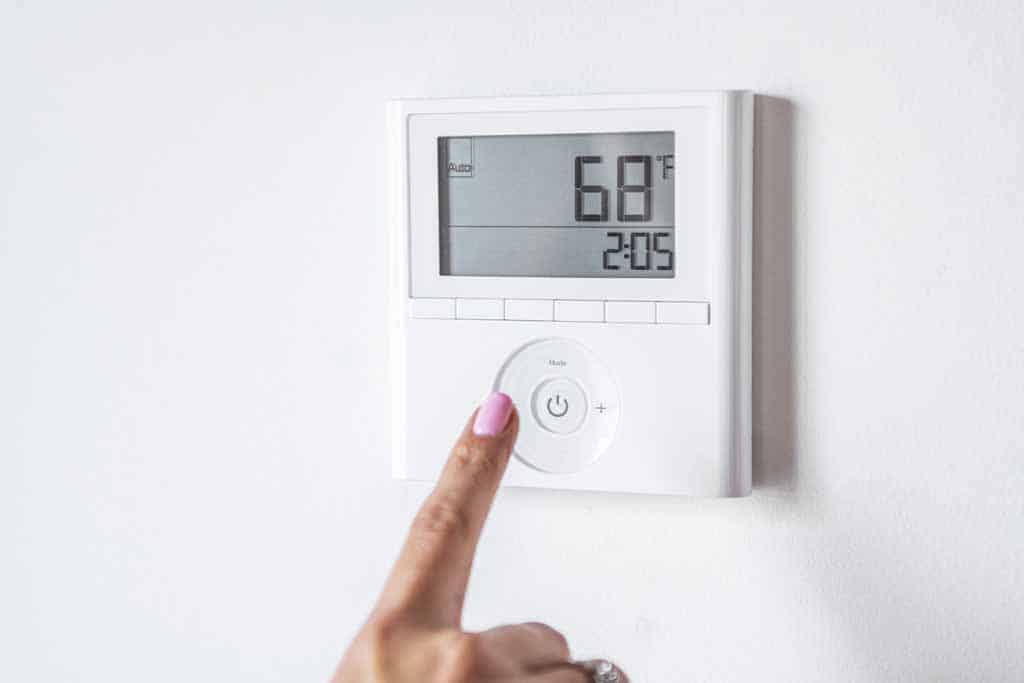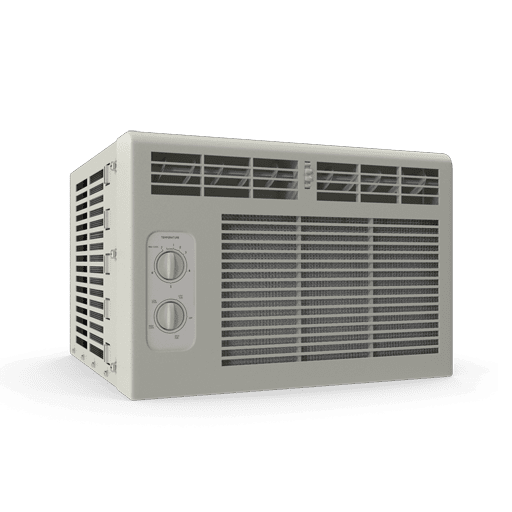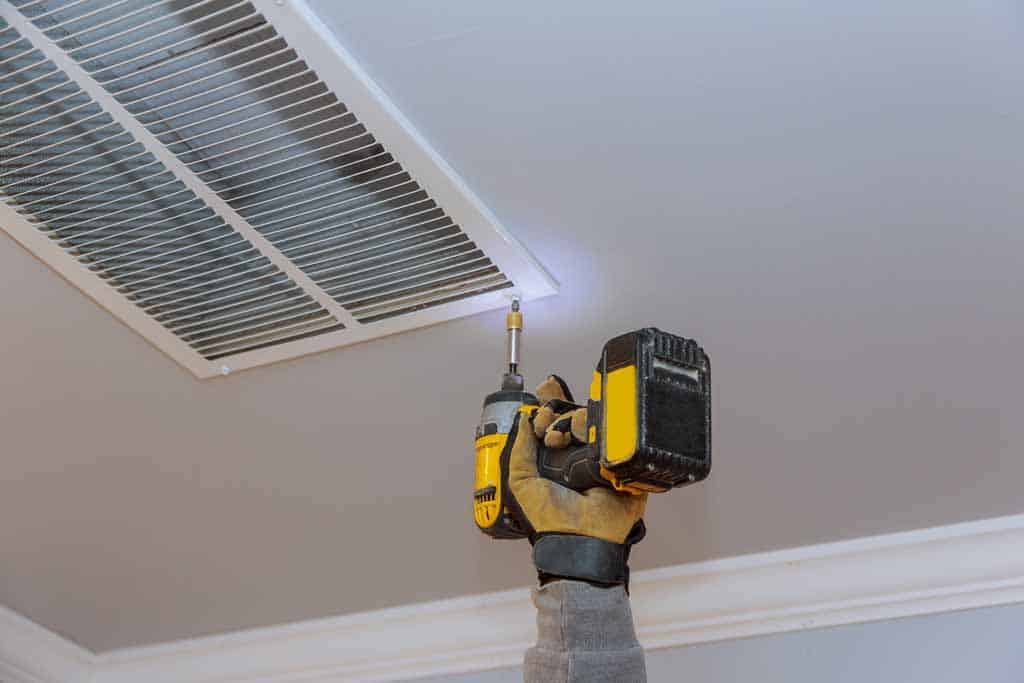An air conditioner motion sensor switch can be a great addition to your home, but it’s important to know what to look for when purchasing one. Here are some tips:
- Consider the size of the room you’ll use the air conditioner in. You’ll want to ensure the motion sensor switch can cover the entire area.
- Take into account any pets or children who might be in the room. You’ll want to ensure the air conditioner motion sensor switch can’t be easily triggered by them.
- Think about how often you’ll be using the air conditioner. A battery-operated model might be sufficient if you only plan on using it occasionally. However, if you’ll be using it frequently, you might want to invest in a hardwired model for your home’s electrical system.
- Consider the features that are important to you. Some air conditioner motion sensor switches have additional features like timers and temperature sensors. Decide which features are must-haves and which ones you can live without.
- Compare prices from different retailers. You can often find good deals on air conditioner motion sensor switches if you shop around.
- Check for the cost of the HVAC/AC unit’s annual maintenance cost and if an added motion sensor is covered.

Installing Your Air Conditioner Motion Sensor Switch
Once you’ve purchased your air conditioner motion sensor switch, it’s time to install it. Follow these steps:
- Read the instructions that came with your device. This is an important step, as every model is slightly different.
- Turn off the power to the area where you’ll be installing the switch. This is to prevent any accidents.
- Remove the old switch, if there is one.
- Install the new switch according to the instructions.
- Turn on the power and test the switch to ensure it’s working properly.
ADD CTA HERE
Using Your Air Conditioner Motion Sensor Switch
Now that your air conditioner motion sensor switch is installed, it’s time to start using it. Here are a few tips:
- Experiment with different settings to find what works best for you.
- Keep objects like furniture away from the sensor, so it doesn’t accidentally get turned off.
- If you have pets or children, ensure they know not to play with the sensor.
- Be mindful of how often you’re using the air conditioner. If you’re using it more than you’d like, try setting the timer for a shorter duration.
What is an Air Conditioner Motion Sensor Switch’s Main Purpose, and Why Should You Get One?
The principal purpose of an air conditioner motion sensor switch is to help save energy and money by only running the air conditioner when someone is in the room. This can be a great way to reduce your energy bill and your carbon footprint. It can also help prolong the life of your air conditioner by preventing it from being overused.
For instance, let’s say you have a large living room and rarely use it. In this case, installing an air conditioner motion sensor switch would make sense. That way, the air conditioner would only come on when someone is in the room and turn off automatically when the room is empty.
Do keep in mind that not all AC motion sensor switches are created equal. Some are better than others, and some even come with additional features that can be beneficial. Therefore, it’s essential to do your research before purchasing to get the best possible product for your needs.
Want To Save More On Your Electricity Bills?
Is Your HVAC System Not Cooling Your Home Enough?
Tips When Buying An AC Motion Sensor Switch
If you plan to purchase an AC motion sensor, there are several vital factors that you need to take into consideration before doing so. Here are just a few tips that can help you out:
Make sure that the sensor can cover the entire area. This is especially important if you have a large room or space where you want it cooled. In addition, take into account any pets or children in the room, as you don’t want the AC motion sensor to be easily triggered by them.
Think about how often you’ll be using the air conditioner. A battery-operated model might be sufficient if you only plan on using it occasionally. However, if you’re using it frequently, you might want to invest a hardwired model into your electrical system.
Consider your budget. Air conditioner motion sensors can range in price from around $50 to $100. It’s essential to find a model that fits within your budget while still offering the features and benefits that you need and want.
Take the time to read online reviews. This is one of the best ways to get an unbiased opinion about a product before making a purchase. In addition, you can also ask friends, family, and co-workers for recommendations.
Now that you know more about air conditioner motion sensor switches and some tips to keep in mind when purchasing one, it’s time to start shopping around. With so many different models on the market, you’re sure to find one perfect for your needs, budget, and preferences. So, what are you waiting for? Get started shopping today from being overused.
How Much Is The Installation Cost?
The installation cost can vary depending on the system you have in your home and the company you hire to do the job. However, the average price for a typical home air conditioner is between $300 and $500.
If you need to install a new system, expect to pay more than $1,000. While this may seem like a lot of money, remember that it is a one-time expense. Once your air conditioner is installed, you will not have to worry about paying for it again. You will only need to budget for regular maintenance and occasional repairs.
When compared to the cost of running central air conditioning, paying for an air conditioner once is a bargain. In most cases, the energy savings offset the initial expense within a few years.
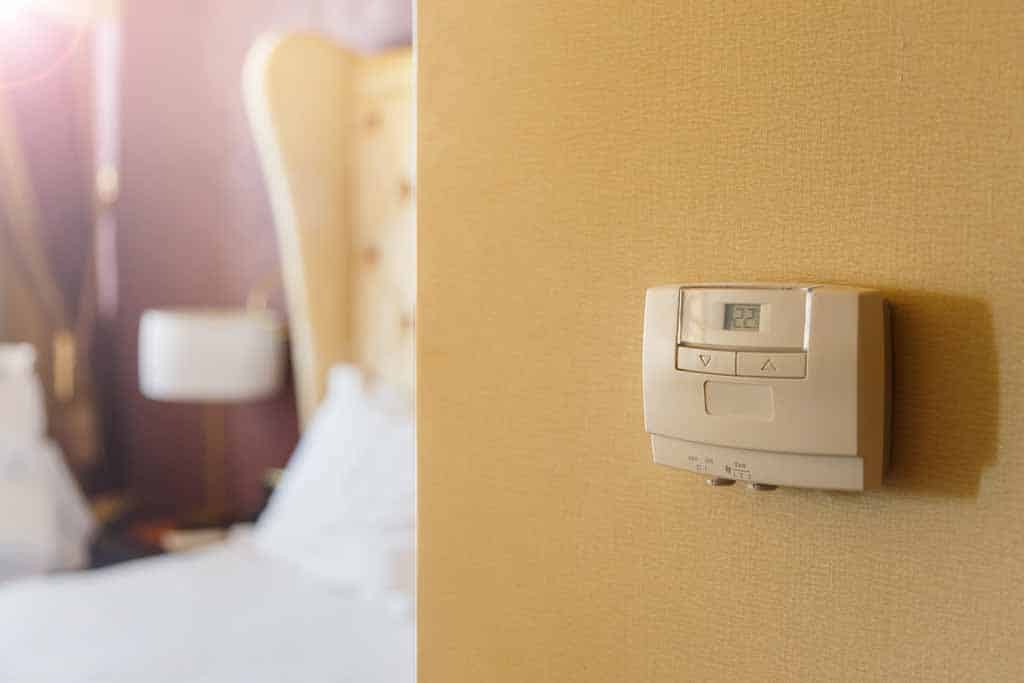
AC Motion Sensor Switch: Types, Used, Prices, and Pros and Cons
There are many types of air conditioner motion sensor switches on the market, each with features and benefits. Here is a look at the most popular types of AC motion sensor switches, as well as their pros and cons:
Infrared (IR) Motion Sensors
Infrared (IR) motion sensors are the most common type of air conditioner motion sensor switch. They work by detecting infrared radiation, which is emitted by all objects with a temperature above absolute zero.
IR motion sensors are susceptible and can detect even slight movements, making them ideal for security applications. However, they can also be triggered by false positives, such as heat from a passing car or the sun reflecting off the glass.
Microwave Motion Sensors
Microwave motion sensors use microwaves to detect movement. They are less sensitive than IR motion sensors but have the advantage of being able to filter out false positives. However, they can be more expensive and are not as widely available.
Ultrasonic Motion Sensors
Ultrasonic motion sensors use sound waves to detect movement. They are less sensitive than microwave motion sensors but have the advantage of being very inexpensive. Ultrasonic motion sensors are less likely to generate false positives than IR motion sensors.
Dual-Tech Motion Sensors
Dual-tech motion sensors combine two different technologies, such as infrared and microwave, to reduce the chance of false positives. They are more expensive than single-technology motion sensors but provide the best performance.
Want To Save More On Your Electricity Bills?
Is Your HVAC System Not Cooling Your Home Enough?
Passive Infrared (PIR) Motion Sensors
Passive infrared (PIR) motion sensors are similar to IR motion sensors but use a unique sensor sensitive to changes in infrared radiation. PIR motion sensors are more expensive than IR motion sensors but are less likely to generate false positives.
Types of HVAC Sensors
Every HVAC central heating/cooling system is different, and each uses various sensors to keep the system running smoothly. Here is a look at the most common types of HVAC sensors:
- Temperature Sensors
Temperature sensors are used to measure the temperature of the air inside the home. They are typically located in the thermostat or near the air conditioner.
- Humidity Sensors
Humidity sensors are used to measure the amount of moisture in the air. They are typically located in the thermostat or near the humidifier.
- Pressure Sensors
Pressure sensors measure the pressure of the air inside the home. They are typically located in the thermostat or near the air conditioner.
- Occupancy Sensors
Occupancy sensors are used to detect whether someone is home. They are typically located in the thermostat or near the door.
- Carbon Monoxide Sensors
Carbon monoxide sensors are used to detect the presence of carbon monoxide gas. They are typically located in the thermostat or near the furnace.
- Smoke Sensors
Smoke sensors are used to detect the presence of smoke particles in the air. They are typically located in the thermostat or near the fire alarm.
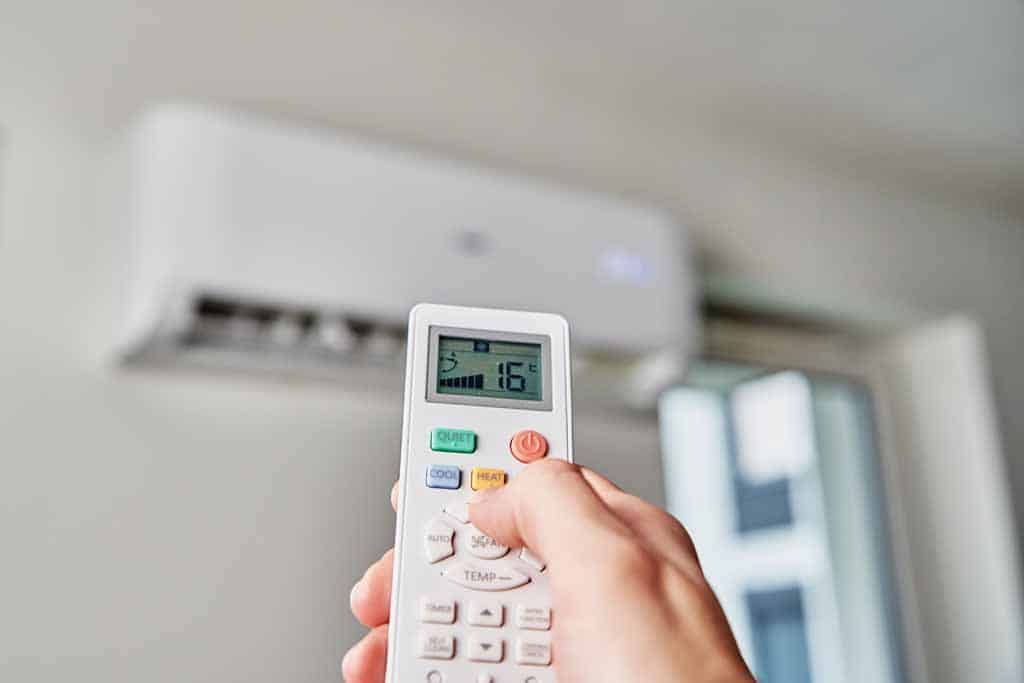
Pros and Cons of AC Motion Sensor Switches
There are both pros and cons to using an AC motion sensor switch. Here is a look at the most important pros and cons:
Pros:
1. Can save energy by only running the air conditioner when needed
2. Can improve security by deterring burglars
3. Can extend the life of the air conditioner by preventing it from being turned on and off unnecessarily
Cons:
1. Can be triggered by false positives, such as heat from a passing car or the sun reflecting off of the glass
2. May not work well in all homes due to the layout or other factors
3. Can be more expensive than traditional switches
Want To Save More On Your Electricity Bills?
Is Your HVAC System Not Cooling Your Home Enough?
How to Choose an AC Motion Sensor Switch
There are a few things to remember when choosing an AC motion sensor switch. Here is a look at the most critical factors:
1. The type of air conditioner you have: Some switches are only compatible with certain types of air conditioners. Ensure that the switch you want is compatible with your air conditioner.
2. The size of your home: A larger home will require a more robust switch to cover all the rooms.
3. Your budget: Switches can range in price from around $20 to $100. Choose the best switch for your needs and budget.
4. Installation: Some switches are easy to install yourself, while others require a professional’s help. Consider how easy or difficult the installation process will be before making your purchase.
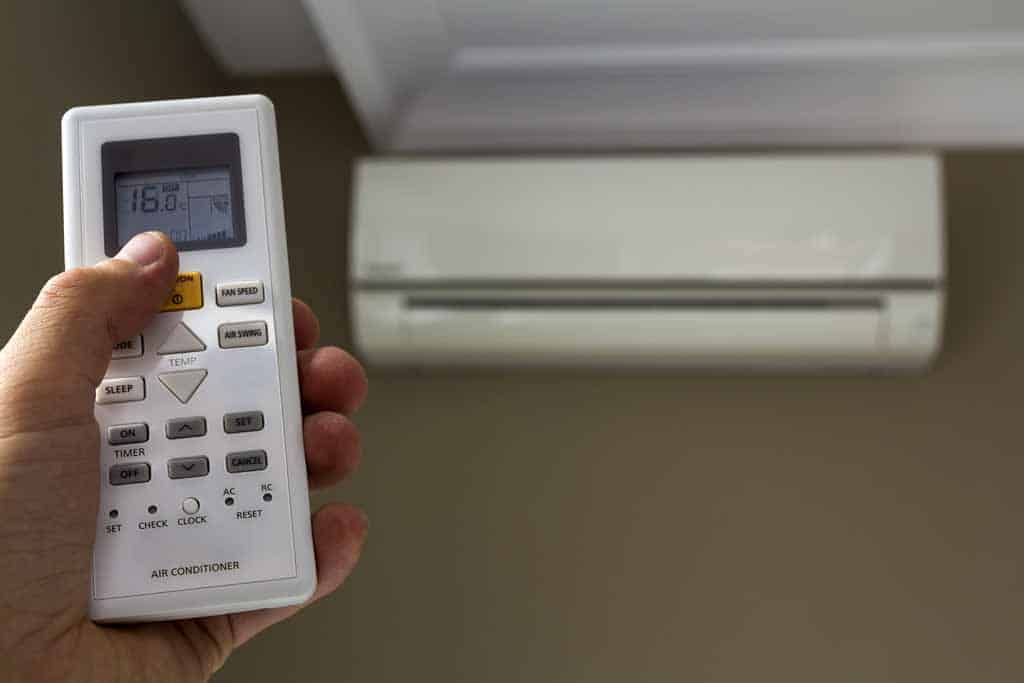
How To Save Money When Using an AC Motion Sensor Switch
Here are a few tips to keep in mind when using an AC motion sensor switch:
1. Place the switch in a central location: This will ensure that it can detect movement throughout the house.
2. Adjust the sensitivity: Many switches have adjustable sensitivity settings. Experiment with different settings to find the one that works best for your home.
3. Test the switch regularly: Periodically test it to ensure it is working properly.
4 Clean the sensors: Dust and dirt can build up on the sensors and cause false positives. Clean the sensors regularly to ensure they are working correctly.
Air conditioner motion sensor switches can be a great way to save energy and money. They can also improve security and extend the life of your air conditioner. Keep these tips in mind to choose and use the best AC motion sensor switch for your needs.
What Are The Common Issues Of AC Motion Sensor Switch?
A few common issues can occur with AC motion sensor switches. Here is a look at the most common problems:
1. False positives: This can happen if the switch is placed in a direct line of sight of a heat source, such as a sunlit window. It can also occur if the switch is placed near a reflector, such as a mirror.
2. Poor coverage: This can happen if the switch is not powerful enough to cover the entire house. It can also occur if there are obstacles, such as furniture.
3. False negatives: This can happen if the switch is not sensitive enough. It can also occur if the sensors are dirty or obstructed.
If you have AC motion sensor switch issues, try these tips to troubleshoot the problem. If the issue persists, contact a professional for help.
The Bottom Line
An air conditioner motion sensor switch can be a great way to save energy and money. They can also improve security and extend the life of your air conditioner. Remember these tips when choosing and using an AC motion sensor switch.
They are designed to save energy by only turning on the air conditioner when someone is in the room. This can be a great way to reduce your energy bill. However, a few things to keep in mind when using one of these switches.
Contact a professional if you have issues with your AC motion sensor switch. They can help troubleshoot the problem and ensure that the switch works properly.

